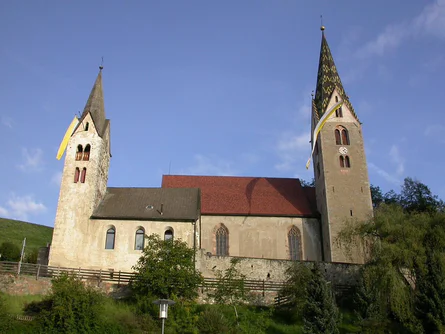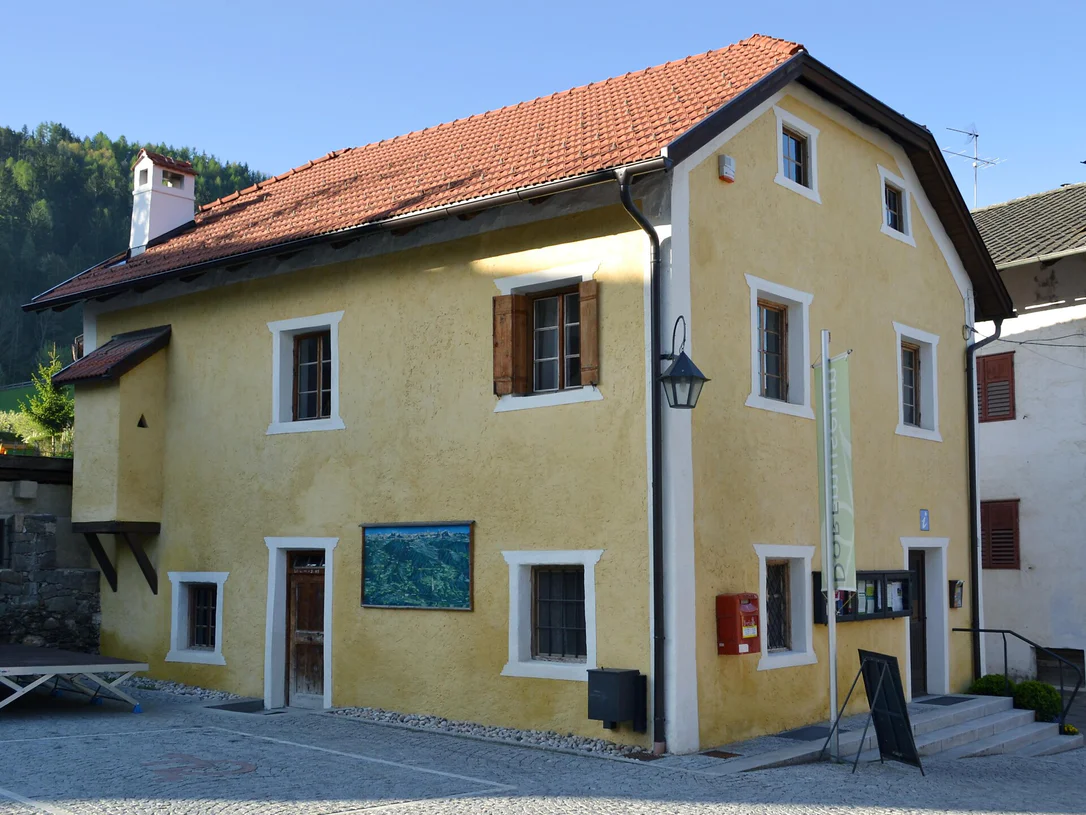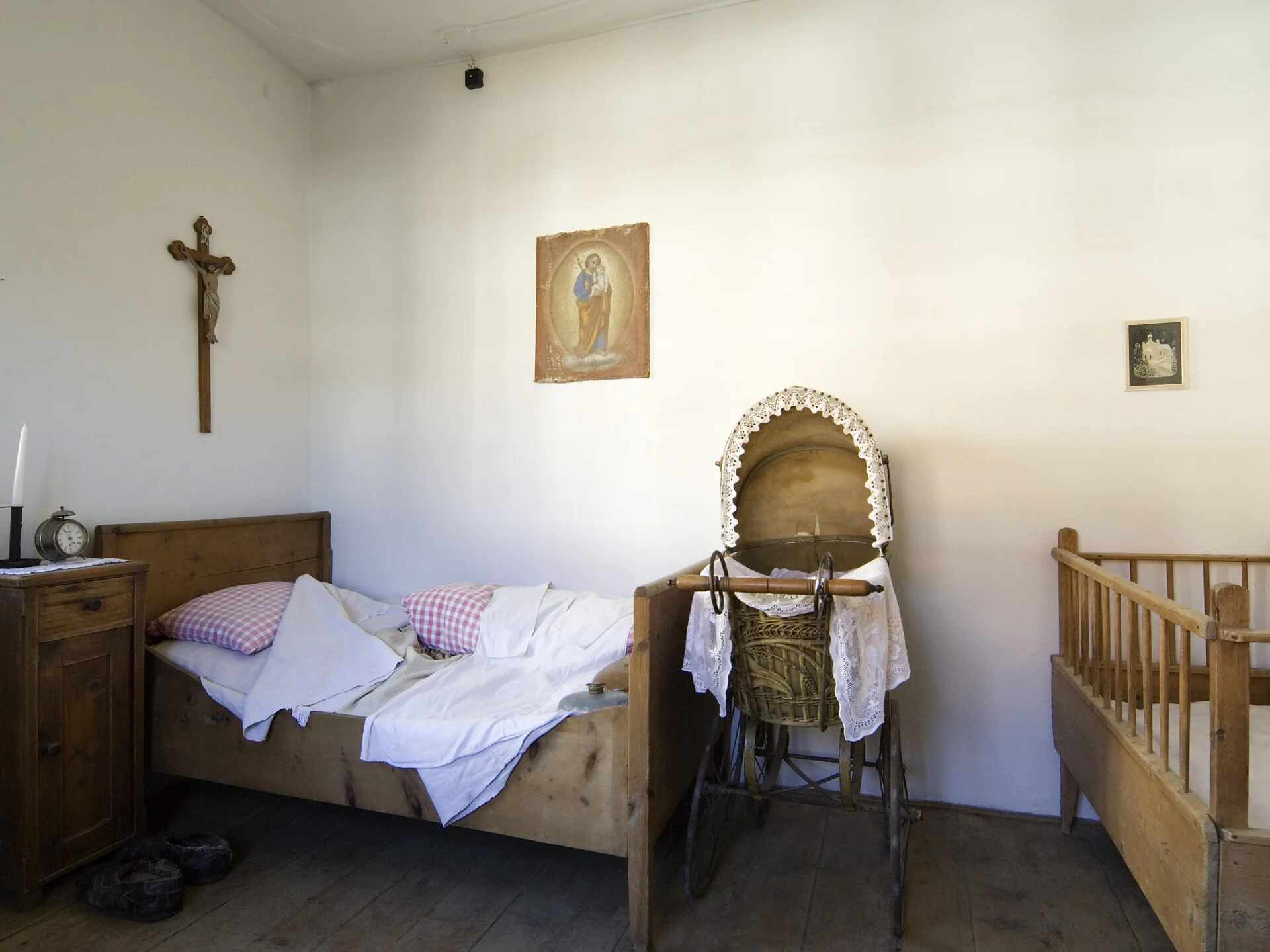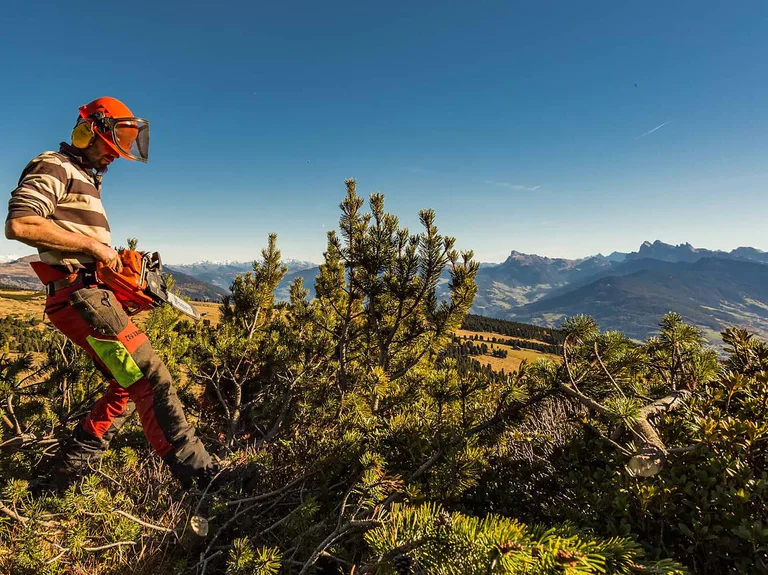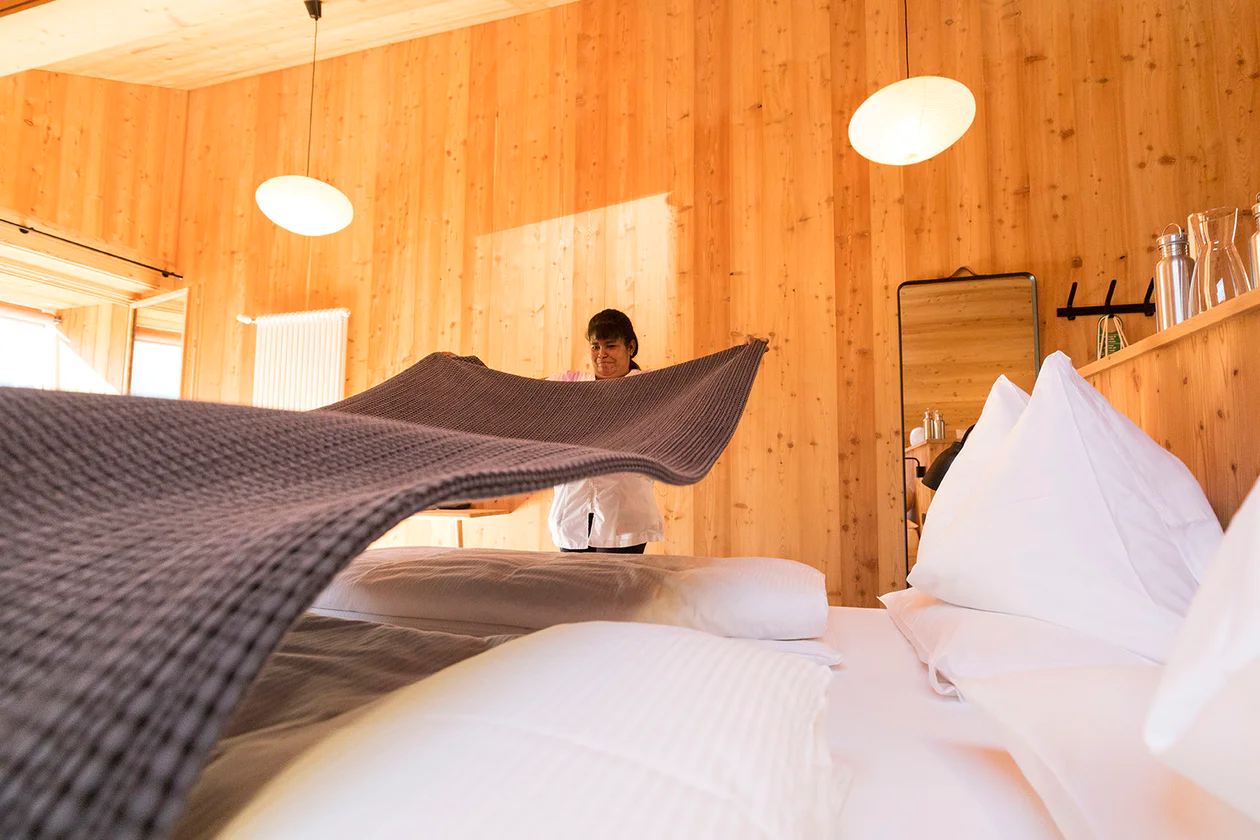The St. Michael’s Church plays a relevant part in contributing to the scenic appearance of the village. The construction is located nearby the main church of Villandro and was dedicated in 1344. Nowadays, the almost quadratic basement of the church acts as a funeral chapel. Sanct Michael, who is the patron saint of the dead, stands sentinel over the cemetery. The cemetery of Villandro represents one of the most beautiful and unusual cemeteries in the region. There are exclusively forged grave crosses and the front side of the grave crosses is averted from the burial grave.
